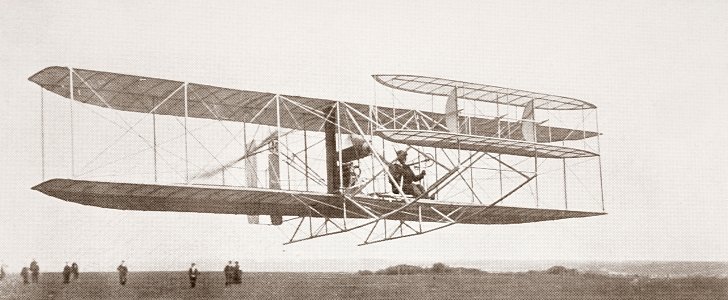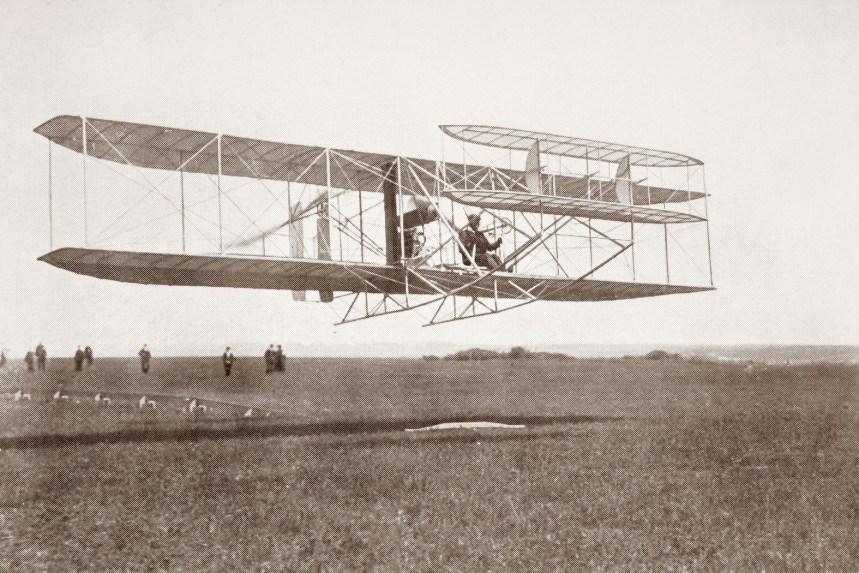He went to the Trinity College in Cambridge and his interest in bicycles led him to become the captain of Cambridge University Bicycle Club in 1896. But it was not fast enough for him. In the same year, he went to France to buy his first car, a Peugeot Phaeton, and even though he was only 18 years old, he became a founder of the Automobile Club of Great Britain in 1897.
In 1904, after meeting Sir Henry Royce at the Midland Hotel in Manchester, they founded the Rolls-Royce car brand. By then, Royce was an engineer who had founded his electrical fittings company in 1884 and Charles Rolls was a Peugeot car dealer in Fullham. The agreement was that Royce will sell his cars exclusively through Rolls and all cars would be branded as Rolls-Royce and eventually bear the Spirit of Ecstasy.
After more experiences in flight, Charles Royce realized that he could fly the distance between Dover in the U.K. and the small French town of Sangatte, where the Channel Tunnel emerges. There were only 50.5 km (31.5 miles) between the two cities.
Charles Rolls prepared himself and the plane to take the shot. He attached four large buoyancy bags filled with compressed air lashed to the machine’s undercarriage in case of a water emergency landing. After all the preparations he had to wait in frustration for over a week. Either weather or mechanical troubles held him back to take-off from Dover.
On June 2nd, 2010, the skies showed their mercy and, at 6.30 PM, Charles Rolls launched his crudely constructed Wright plane from Dover. He reached a 900 ft (274 m) altitude and headed East to France. 45 minutes later, he reached the French city of Sangatte, where Charles Rolls leaned out of his plane and dropped three envelopes with weights attached. The message was the same in all of them. It said: “Greetings to the Auto Club of France…Dropped from a Wright aeroplane crossing from England to France. C. S. Rolls, June 1910. P.S. Vive l’Entente’’.
The flight back was without surprises and, at 8.00 PM he returned to Dover. "The sea front, the cliffs and the pier were filled with people waving excitement", as the Daily Telegraph reported. After a few circles around the outer towers of the town’s medieval castle, Charles Rolls landed. The entire flight duration lasted 95 minutes.Charles Rolls was the third man to cross the English Channel, but the first to cross it both ways. And he did that with a non-stop flight. His crossing took only 10 minutes more than of a train through the Eurotunnel on June 1st, 1994, when the first freight train went in.
One month later, in the same airplane, Charles Rolls found his death after the tail of the Wright Flyer broke during a flight at Hengistbury Airfield on the 12th of July 1910, a month and two weeks before his 33rd birthday.






